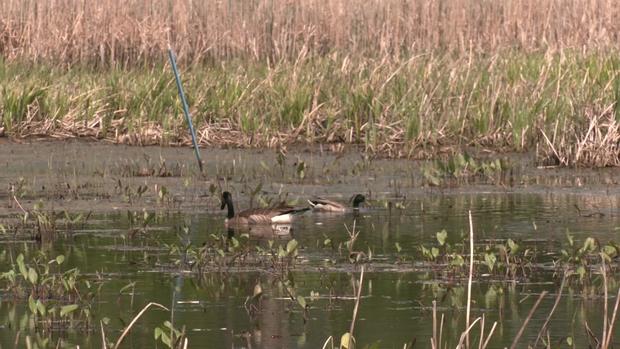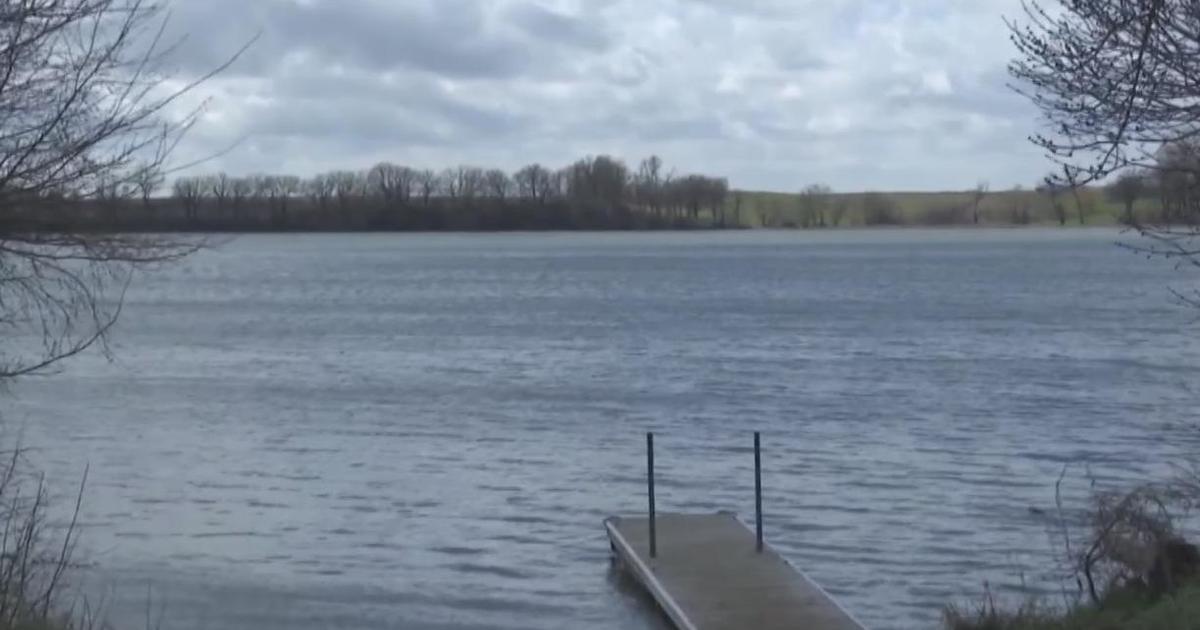How Minnesota's wetlands could be impacted by a Supreme Court ruling
MINNEAPOLIS – A recent U.S. Supreme Court ruling will impact how the EPA protects certain wetlands.
Critics say that decision will strip protections from tens of millions of acres across the nation.
Joseph Dames found out what that means for Minnesota's wetlands, and where the impact will be felt the most.
"Water doesn't really have a clear boundary," said wetland ecologist Dr. Sue Galatowitsch. "That's why, historically, this has been a federal interest."
With its lakes, rivers, and streams, Minnesota is known for its rich environment of wetlands. The state has nearly 10.6 million acres of wetlands that are federally protected by the Clean Water Act. But some wetlands now may not be covered.
What does this ruling from the Supreme Court change? Wetlands that do not fall into the narrow scope of having permanent water.
"I've spent my life working on the kinds of wetlands that will lose protection in most parts of the United States," Galatowitsch said.
And many, many wetlands do not have a connected water flow.
"Water goes up and down seasonably in a wetland because they are generally shallow. And so many of them have a lot of atmospheric flux. In other words, precipitation, evapotranspiration," Galatowitsch said.
Minnesota has a bit of a safety net: the Wetlands Conservation Act from 1991. It only protects the state's wetlands, and none from surrounding states.
"We have our adjoining states that are likely going to experience some very significant wetland losses. When we share watershed and water courses, you can expect more non-point source pollution, things like nitrogen, things that we work so hard to reduce," Galatowitsch said.
"The potential for water quality impacts, even water quantity impacts. Wetlands serve as groundwater recharge, and we know groundwater is connected to surface water. You can see the potential for those types of effects in border areas," said DNR Deputy Commissioner Barb Naramore.
Minnesota has about 50% of the wetland base remaining. Nearly 90% has been lost in southwestern Minnesota.





